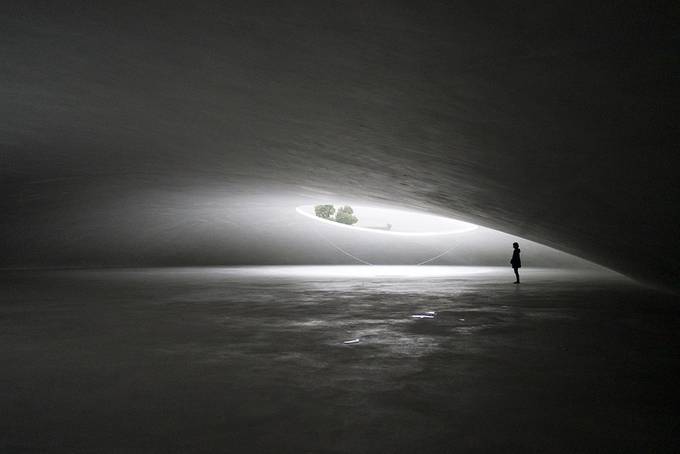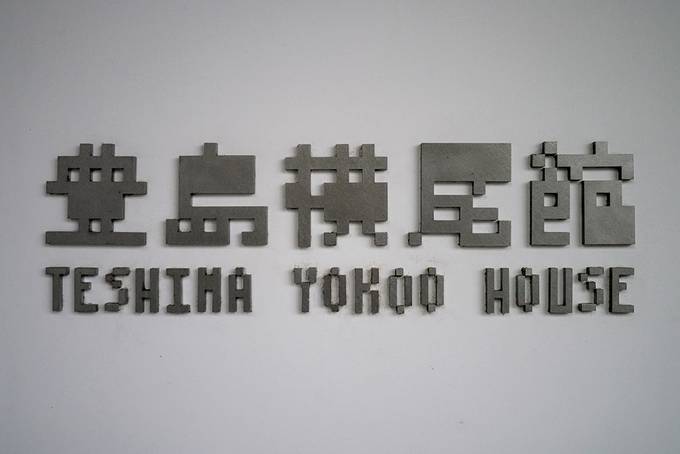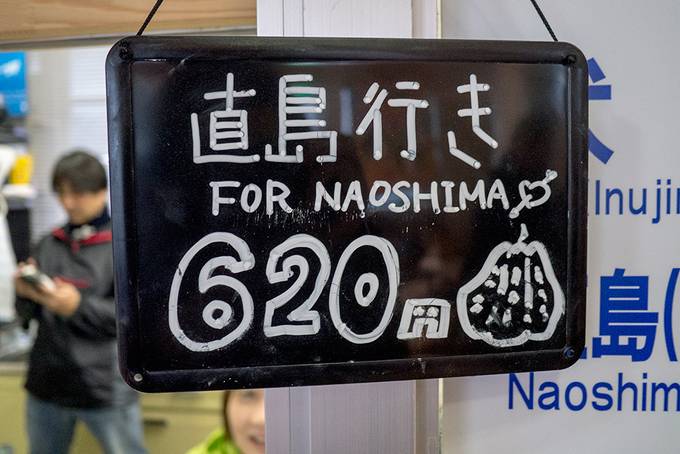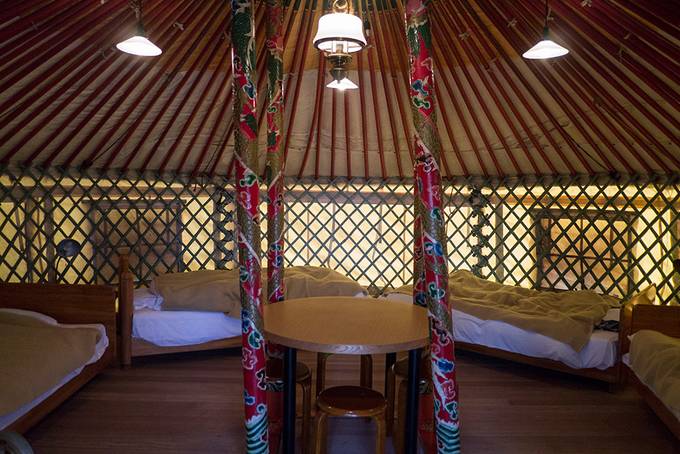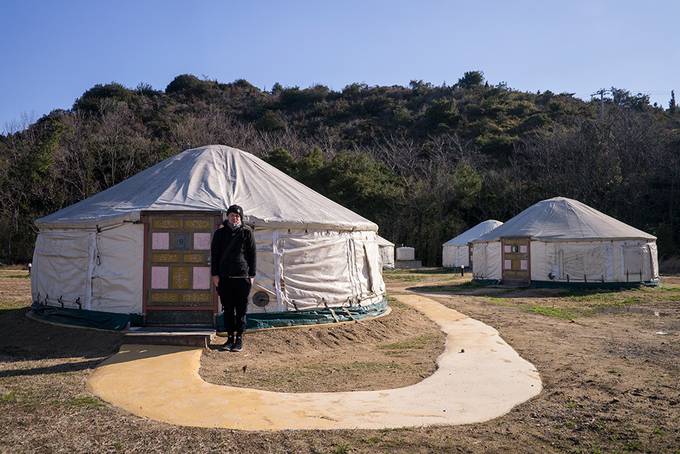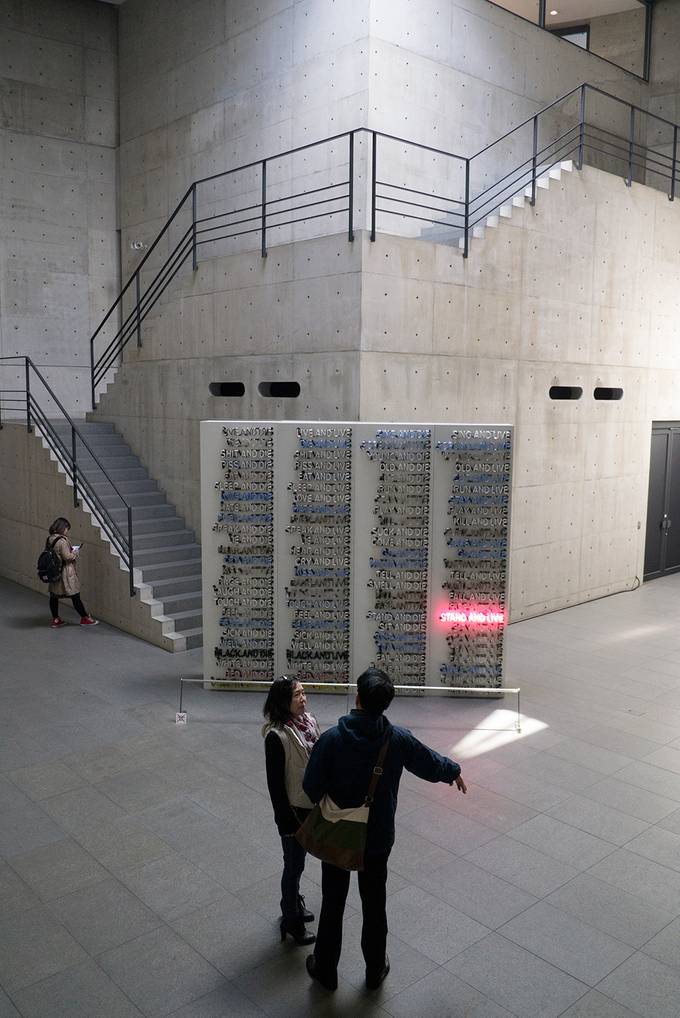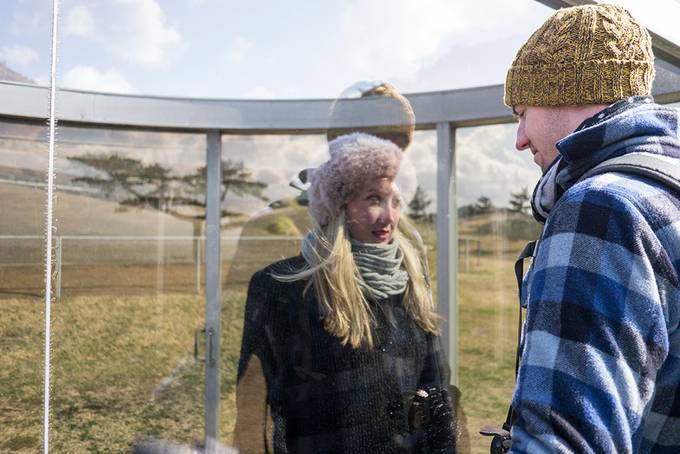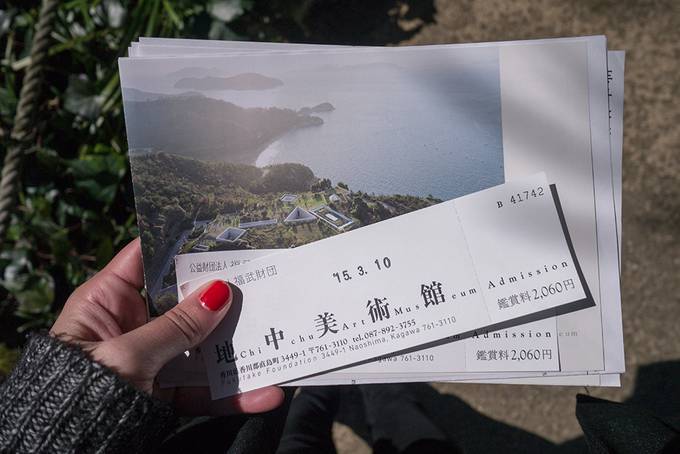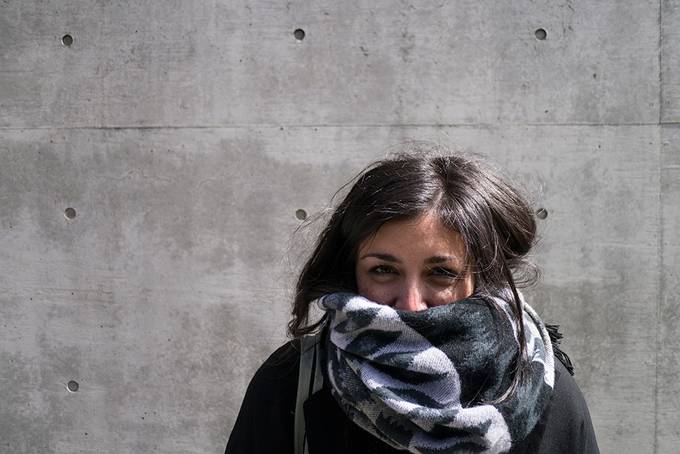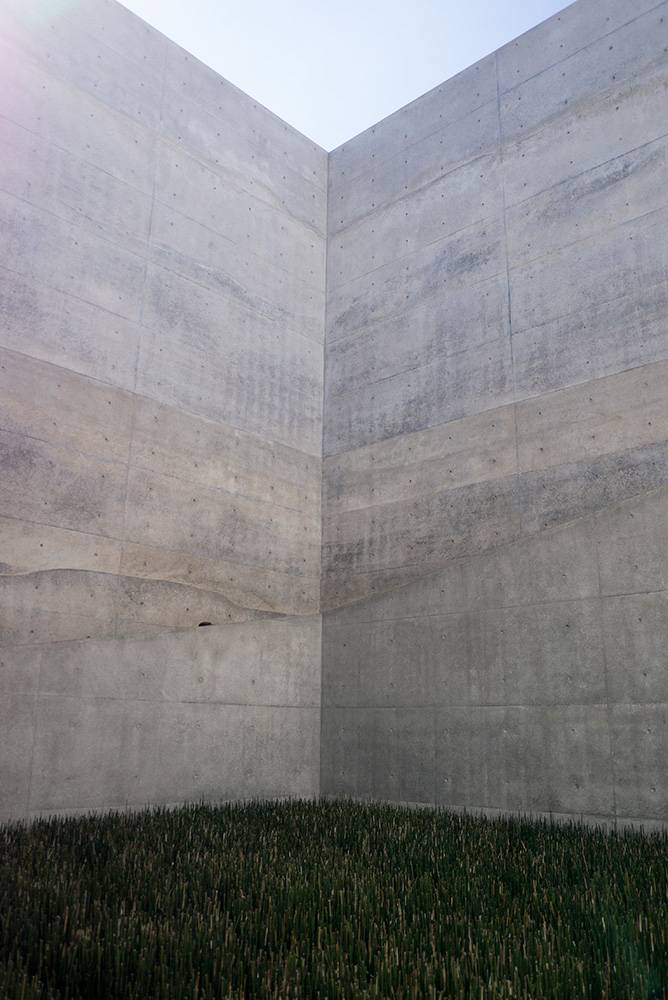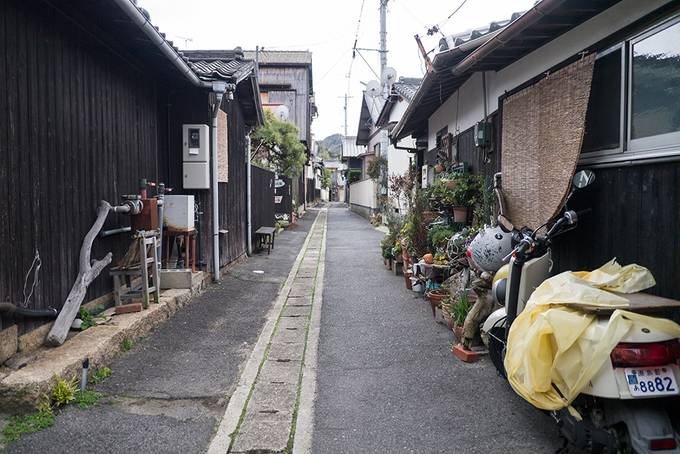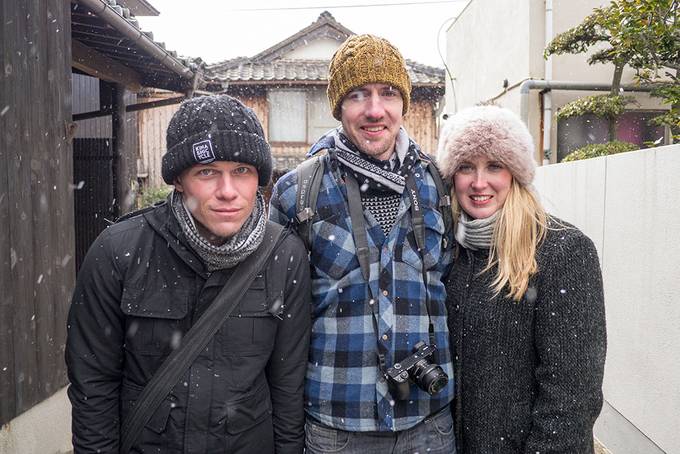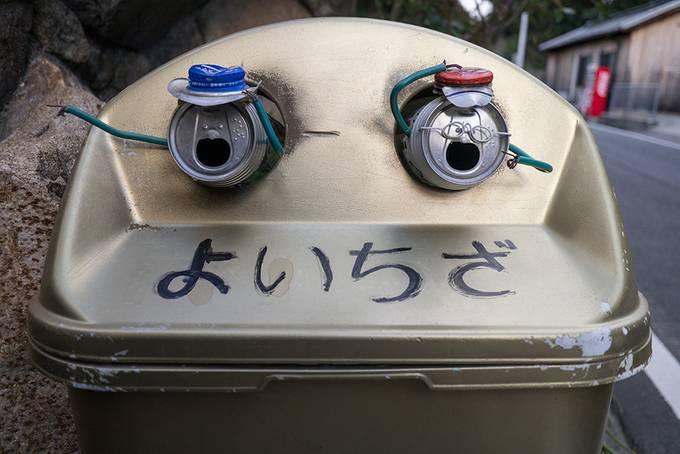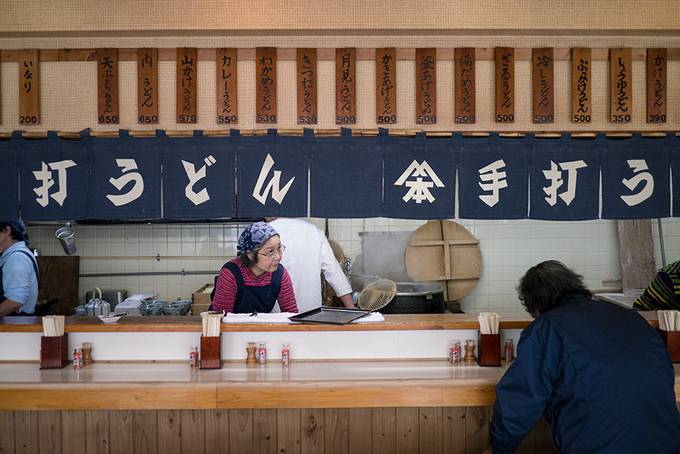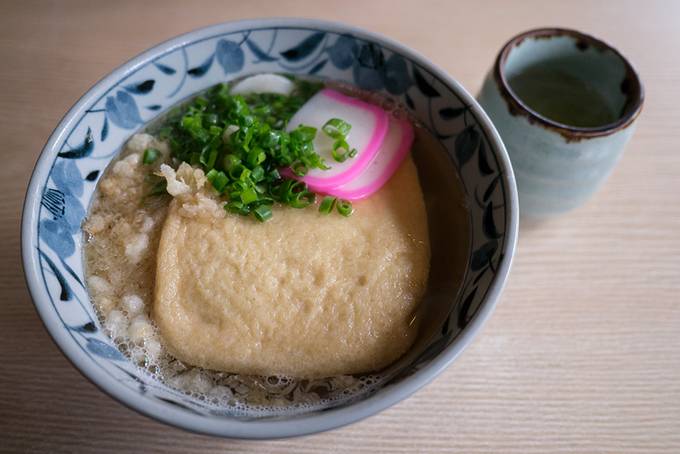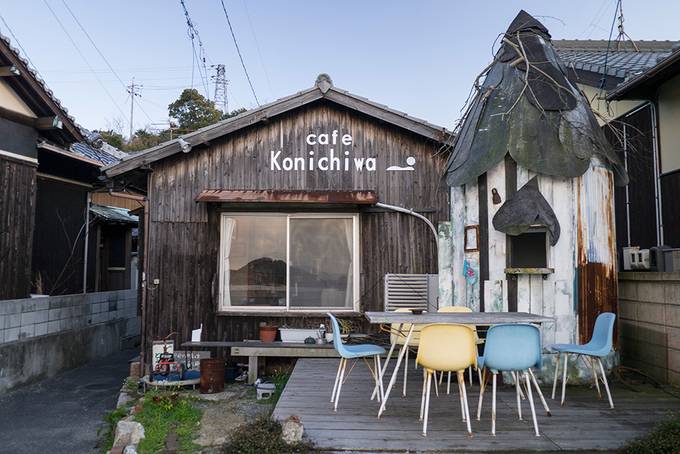Naoshima & Teshima: a guide to the Japanese art islands
All of the small Japanese islands we visited were wonderful, with their sleepy fishing ports, beautiful coastal views and local restaurants serving up the freshest sashimi. But the art islands were my favourite because as well as all of that, they also have some truly exceptional galleries. Now, I'm not an expert, but these are the nicest galleries I've been to anywhere. For me, it was all about the concrete spaces, which are absolutely pristine (you change into slippers before walking around). They are full of light and so serene, minimalist without feeling cold.
There are actually lots of art islands in the Seto Inland Sea, although most people only visit the most famous ones, Naoshima and Teshima. If you have more time, Shodoshima and Inujima also look great.
We saw almost everything on both islands in two days and had plenty of time to explore without feeling rushed. Arm yourself with the ferry schedule and bus timetable, and it's easy to figure out how to fit everything in. There are coin lockers at both ferry ports to store your luggage.
This was one of my highlights in Japan (second only to Tokyo). It turns out we did a lot in two days (and took a lot of photos!), so settle in, this is kind of a long one...
Teshima
We arrived in Teshima in the pouring rain. All plans to hire electric bikes and explore the island were immediately cancelled, and instead we got the bus straight to the Teshima Art Gallery.
Teshima Art Gallery
I was a bit worried that the Teshima Art Gallery wouldn't really work in the rain, but this beautiful space was still so light and peaceful. On a clear day it would be stunning.
¥1540, closed on Tuesdays.
Teshima Yokoo House
Teshima Yokoo House is also worth visiting, an old house that's been converted into a fun and colourful gallery, with a little garden and a crazy mirrored tower.
¥510, closed on Tuesdays.
Where to eat
When travelling between the islands, your life will be ruled by ferry and bus schedules. It's easy to get around, but we did often find ourselves with an hour or two to kill. Luckily there are a lot of cafes where you can wait it out.
- Around the corner from Teshima Yokoo House is this lovely spot, the ultimate Kinfolk lodge and perfect for warming up with some tea.
- The rain stopped us travelling too far on Teshima, but Shima Kitchen is a traditional restaurant in a rural village with great reviews and at Il Vento you get a ticket to the on-site gallery with your coffee.
Naoshima
A short ride on the 4 pm ferry took us to Naoshima. There are three main areas to visit on the island: the Benesse House area, where the biggest galleries are; Miyanoura, the largest settlement and main ferry port; and Honmoura, a smaller village with a few restaurants and a couple of the smaller galleries.
Where to stay: Tsutsujiso Lodge
There are a few different types of accommodation in Naoshima, the beautiful – but very expensive – Benesse House, traditional ryokans in Miyanoura or yurts by the beach. We stayed in the yurts for two nights and loved it. Tsutsujiso Lodge is camping for people who don't like camping, cosy yurts with proper beds and spotless bathrooms.
Plus it's only steps away from that famous pumpkin.
¥3780 per person, you get an entire yurt for each booking.
Benesse House Museum
Again, we had planned to hire bikes to explore the island, but strong winds, and later on snow, meant that we walked and used the bus instead. Our first stop was the Benesse House Museum, designed by the brilliant Tadao Ando. It's a bright and airy gallery that's surrounded by lots of outdoor installations. There's also an excellent cafe with sea views that has the best chocolate cake that any of us have ever eaten.
¥1030, closed on Mondays.
Chichu Art Museum
Another concrete masterpiece, Chichu Art Museum is mostly underground, but has been designed so it's still full of light. Only three artists are displayed here, but the gallery space alone is worth visiting for.
¥2060, closed Mondays.
Miyanoura
Miyanoura is the biggest settlement on the island, but it's still very small. The town is a real mix of old and new, there are trendy cafes and galleries alongside traditional houses and a fishing community that has lived on the island for generations.
Also worth a look is the James Bond Museum (it's free!), one of the books was set on Naoshima and the residents are hoping for the film to be made here one day.
There's a tourist information centre next to the ferry port where you can pick up maps and information about the island.
Honmoura
This is a much smaller area than Miyanoura, but there are a couple of galleries here as well as a few shops and a shrine with nice views. Ando Museum (¥510, closed on Mondays) is the main draw, which gives an insight into Tadao Ando's vision for the galleries on the island.
There are also lots of cute details in Honmoura, like fire hydrants with faces on and these cans:
Where to eat
There's quite a range of places to eat on Naoshima, from arty coffee shops to traditional noodle shops.
- Shioyu Diner is run by a Tokyoite with an Americana obsession, think vintage interiors, a big bbq and a popcorn machine.
- Yamamoto Udon is a totally different type of restaurant, a traditional handmade udon noodle shop that caters to the nearby Mitsubishi factory workers. You can watch the chefs making the udon noodles behind the counter.
- Cafe Konnichiwa is effectively a restaurant in someone's living room. It's cosy, serves up tasty home-cooked dishes and there's a great playlist.
If you're planning a trip to Japan, check out my other Japan posts for lots more tips and destination guides (they're not all this long, I promise!).
—Yasmine
